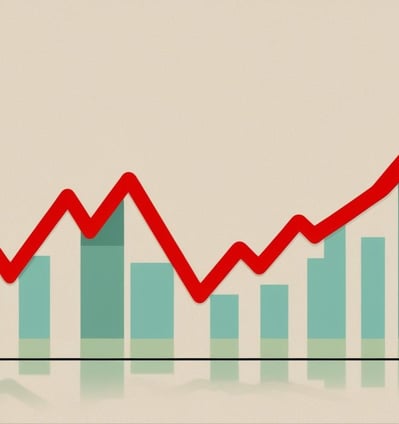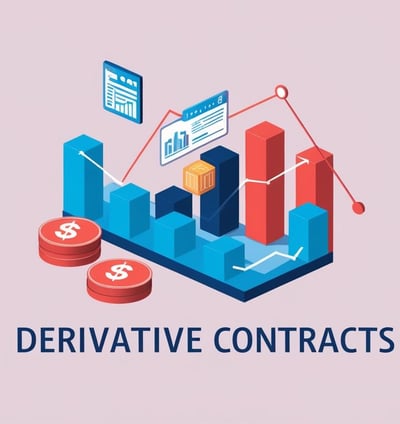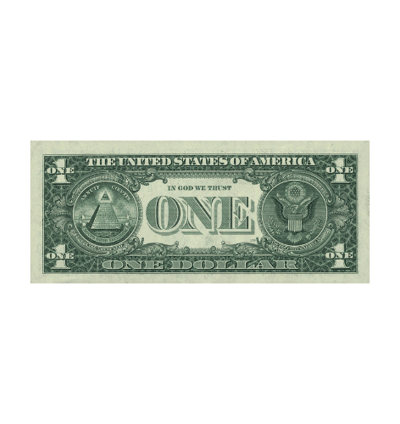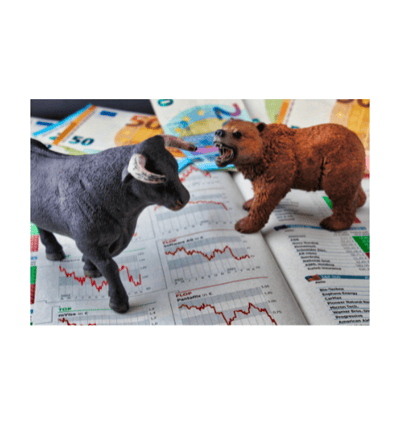CAPILIST ™
LEAD THE FUTURE ™
Welcome to the FINANCIAL GLOSSARY.
Here you'll find definitions of basics terms with a short description.
Understand the bricks, learn to connect them, build your financial mansion.






Stocks represent ownership shares in a company. Purchasing them means becoming a participant in the company's life, sharing in its profits and, in some cases, gaining the right to attend shareholder meetings and vote on corporate decisions.
A bond is a share of debt. By purchasing one, you become a creditor to companies, states, or institutional entities. In exchange, the issuer promises to pay periodic interest (coupons) and return the principal amount at maturity. Bonds can be a more stable investment option compared to stocks, though they also carry risks like interest rate fluctuations or default.
Derivatives are financial instruments whose value depends on another underlying asset. This dependency means that their price and utility are intrinsically tied to the behavior of that asset, making them powerful tools for both risk management and speculative strategies.






ETFs (Exchange-Traded Funds) are investment funds that track an index and trade on stock exchanges like individual shares. They offer investors a way to gain diversified exposure to a market or sector with lower costs and higher liquidity compared to traditional mutual funds. Because they combine features of both stocks and index funds, ETFs have become a popular choice for both passive and active investors looking to build balanced portfolios.
INDICATORS
DIVERSIFICATION
Investment indicators are metrics used to assess the potential performance of an investment.
Diversification is a powerful investment strategy that involves spreading capital across different assets and sectors to reduce overall risk.






Field of finance studying how psychological biases influence investors' decision-making processes.
ASSET
Resource with an economic value that can be owned or traded.
LIQUIDITY
A measure of how easily an asset can be converted into cash or traded without significant change in price.
P/E RATIO






Measure to ensure how expensive is a company share, based on its capacity to produce an unit of earn (A Dollar, an Euro)
The Dollar Cost Averaging is an investment strategy consisting in buy a fixed amount of an asset regardless the current price, in order to reduce the market-timing risk.
BULL AND BEAR MARKET
Terms used to describe a market caraterized by rising (BULL) or decreasing prices (BEAR)
